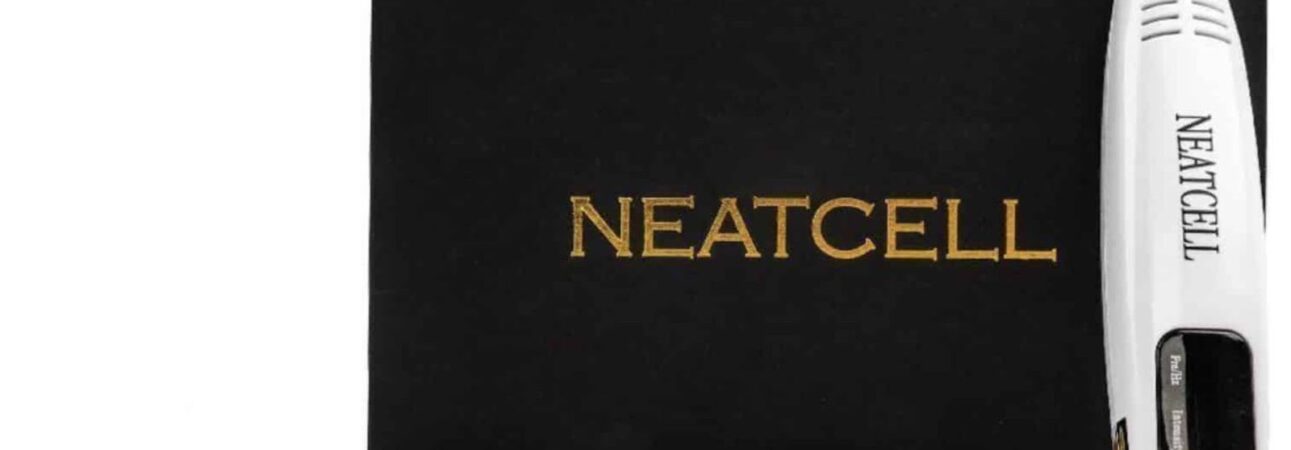As a single mum juggling work, parenting, and the quest for a bit of “me time,” finding effective and affordable beauty solutions has always been a priority for me. I’ve always been on the lookout for products that can help me feel confident and rejuvenated without breaking the bank or requiring too much time.
That’s when I stumbled upon the Neatcell Picosecond Laser Pen. Initially, I was skeptical about its claims, but after giving it a try, I can confidently say it has been a game-changer in my skincare routine.
In this review, I’ll share my personal experience with the Neatcell Picosecond Laser Pen, how it works, and why it might just be the perfect addition to your beauty arsenal.
What is Neatcell?
The Neatcell Picosecond Laser Pen is a popular device in the beauty industry, known for its effectiveness in removing tattoos, pigmentation, and wrinkles. It has gained significant attention through social media platforms such as Tiktok.
While professional laser tattoo removal is very expensive (hundreds to thousands of dollars per session), the Neatcell pen is relatively inexpensive at around $100-200. However, its lower power means many more treatment sessions are required compared to professional lasers.
How Does It Work?
The Neatcell Picosecond Laser Pen operates by emitting extremely short pulses of laser energy, measured in picoseconds (one trillionth of a second). These pulses are absorbed by the pigment in the skin, breaking it down into smaller particles that the body’s immune system can remove. This process not only targets unwanted pigments but also stimulates collagen production, improving skin texture and reducing the appearance of wrinkles.
The device uses two different wavelengths: a 755nm wavelength for darker pigments like black and blue, and a 532nm wavelength for lighter pigments such as red, orange, and yellow. This allows the pen to effectively treat a wide range of tattoo colors and pigmented lesions.
How to Use Neatcell Picosecond Laser Pen
Using the Neatcell Picosecond Laser Pen involves several steps to ensure safety and effectiveness:
- Power On the Device: Plug in the device and allow it to power on. The digital screen will display the frequency and intensity settings.
- Wear Protective Glasses: Always wear the included protective glasses during operation to protect your eyes from the laser.
- Select Intensity and Frequency: Use the “Inten” and “Fre/Hz” buttons to select the appropriate intensity and frequency. It is recommended to start from the lowest settings and gradually increase as needed. For the blue laser pen, level 9 is the weakest frequency, while level 1 is the strongest.
- Operate the Pen: Point the hole of the pen towards the spot you want to treat. For the blue laser pen, do not stay in the same location for more than 2 seconds to avoid skin damage.
- Post-Treatment Care: After the operation, cover the treated area with repair essence or healing lotion. Avoid sun exposure to prevent sunburn and redness. Repeat the use of repair essence in the following days.
Treatments should be spaced several weeks apart, with a typical recommendation of one session per month. Multiple sessions may be required for optimal results, especially for tattoo removal and deep pigmentation.
The Pros and Cons of Neatcell Picosecond Laser Pen
Pros
- Cost-Effective: The Neatcell Picosecond Laser Pen is significantly cheaper than professional laser treatments, which can cost thousands of dollars per session.
- Convenience: It allows users to perform treatments at home, saving time and the hassle of scheduling appointments at a clinic.
- Versatility: The pen can be used for various skin issues, including tattoo removal, acne scars, age spots, freckles, and wrinkles.
- Quick Results: Users have reported seeing results after a few sessions, with some tattoos and skin blemishes fading noticeably.
- Minimal Side Effects: When used correctly, the pen causes minimal side effects compared to traditional laser treatments, such as reduced risk of scarring and hyperpigmentation.
Cons
- Safety Concerns: Improper use can lead to skin damage, burns, or blisters. The blue light version, in particular, requires careful handling and protective eyewear, which is not always provided.
- Effectiveness: The effectiveness of the pen can vary widely. Some users report significant improvements, while others see little to no change.
- Lack of Professional Guidance: Without professional supervision, users may not achieve optimal results and could potentially harm their skin.
- Potential for Scams: There are reports of counterfeit products and fraudulent websites selling fake Neatcell pens, which can lead to financial loss and ineffective treatments.
Is Neatcell Legit?
The Neatcell Picosecond Laser Pen is considered legit. The pen uses picosecond laser technology, which is a well-established method in dermatology for breaking down pigment particles in the skin. This technology is known for its ability to deliver ultra-short pulses of laser energy, minimizing heat transfer to surrounding tissues and reducing the risk of side effects.
Many users have shared positive experiences with the Neatcell Picosecond Laser Pen, noting its effectiveness in fading tattoos and improving skin conditions like acne scars and age spots.
The technology used in the Neatcell pen is clinically validated, ensuring that it is safe and effective when used according to the manufacturer’s instructions.
The Neatcell pen offers a cost-effective and accessible alternative to expensive professional treatments, making it a popular choice for at-home use.
Where to Buy NEATCELL Picosecond Laser Pen?
I purchased my NEATCELL Picosecond Laser Pen directly from the official website to ensure authenticity and quality.
They often run promotions and discounts, so it’s worth checking their site for the best deals.


